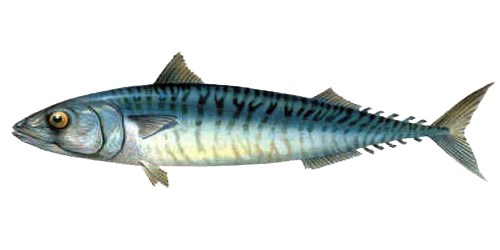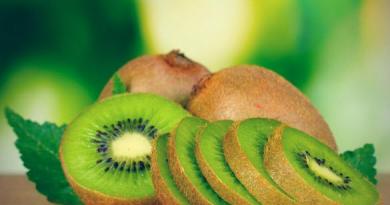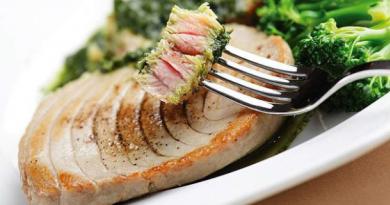Often in stores you can see mackerel and mackerel sold nearby. Some argue that they are one and the same. Someone says that these are completely different fish, although they are relatives. In this article, we will figure out who is right and find out what kind of fish it is - mackerel.
We type in the search "Mackerel" and first of all we get to the Wikipedia page, which claims that mackerel and mackerel are one and the same.
 Wikipedia believes that mackerel and mackerel are the same fish. But don't fool us :)
Wikipedia believes that mackerel and mackerel are the same fish. But don't fool us :) But, if you seriously approach the issue and rummage through the classification, it turns out that mackerel and mackerel are, from a biological point of view, two different genera - Mackerel ( Scomber) and Macreli ( Scomberomorus).
Name confusion
Often the trade name of a fish does not correspond to its real biological name (take at least strange marketing moves with growing popularity). The confusion arose because the English word "Mackerel" is used to refer to the mackerel family, which includes mackerel and mackerel (as well as tuna and bonito). Thus, in English, mackerel and mackerel are denoted by one word, so sometimes in stores you can also find mackerel under the guise of mackerel and vice versa. Often under the name "mackerel" they sell all representatives of the mackerel family, except for mackerel and tuna. What is the difference?
 Atlantic mackerel - Scomber scombrus
Atlantic mackerel - Scomber scombrus  Spanish mackerel - Scomberomorus commerson
Spanish mackerel - Scomberomorus commerson What is the difference between mackerel and mackerel?
The mackerel is much larger than the mackerel and has a sharper snout. In the photo at the beginning of the article - mackerel (larger) - on top, mackerel, respectively, smaller and lower.
 Mackerel - Scomberomorus
Mackerel - Scomberomorus On some sites they write that the stripes and spots of mackerel never go on her white belly. In mackerels, the abdomen can be yellowish or gray, sometimes with spots and stripes. Perhaps this will help to distinguish between the species that hit the shelves of stores, but, strictly speaking, this is an incorrect distinguishing feature. For example, in southern mackerel ( Scomber colias) spots are evenly distributed throughout the body.
 Southern mackerel (Scomber colias) has spots on its belly
Southern mackerel (Scomber colias) has spots on its belly Mackerel meat is drier than that of mackerel, but it is quite suitable for cooking, for example, salads. Mackerel has a fairly fatty meat with a bright taste and is a more valuable fish in this regard.
Biology mackerels
Since mackerel and mackerel belong to the same family, let us consider in general terms the features of their biology.
A distinctive feature of the mackerel is the bony ring around the eye. The fish of this family have a number of small fins from the second dorsal fin to the caudal and from the caudal fin to the anus. These fins are needed to avoid turbulent eddies when the fish develops high speed. By the way, mackerel, mackerel and tuna are some of the fastest fish in the world, their speed can exceed 70 km/h. With active swimming, the body temperature of these fish can rise by several degrees, helping them quickly overcome considerable distances.
All mackerels are predators, feeding mainly on fish. Their main enemies are sharks, dolphins, fish-eating large birds, and, of course, humans. They prefer to move in shoals.
 Mackerel huddled in large shoals
Mackerel huddled in large shoals Spawning and feeding of juveniles occurs near the coast. The life span of a mackerel is about 25 years.
Mackerel fishing
Mackerel is an object of both industrial and amateur fishing. For those who are close to the topic of fishing - a short film about fishing for mackerel in Norway, and after it - a video about catching mackerel on the Black Sea.



